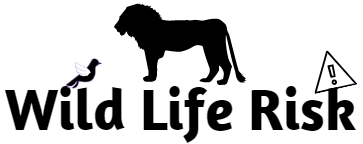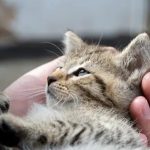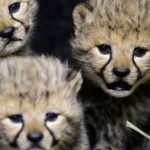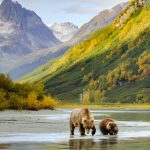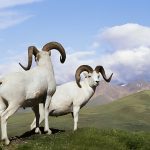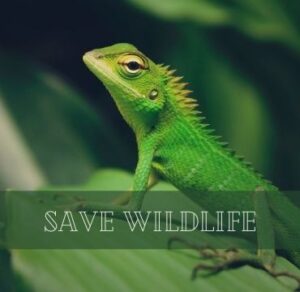Which Factors Limit the Potential Production of Wildlife?
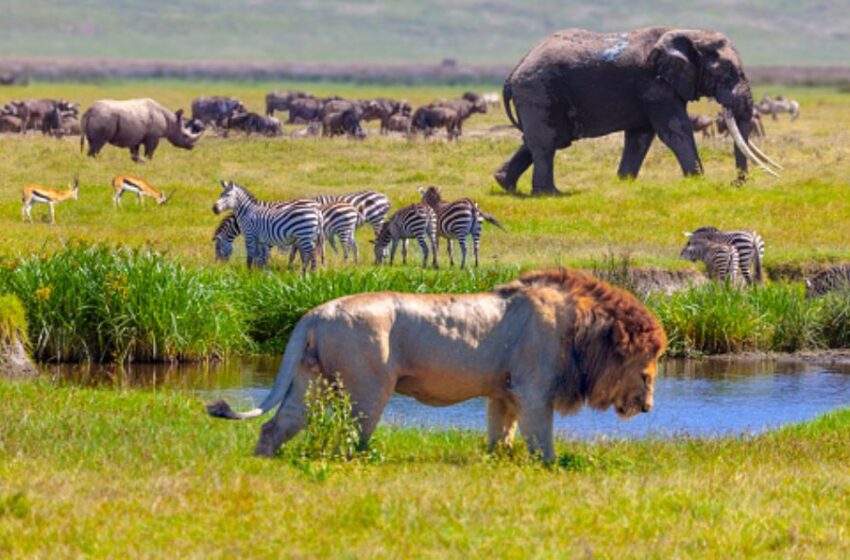
Wildlife is an important part of the ecosystem and plays a key role in keeping nature in order. But there are many things that can stop wildlife from being as productive as they could be. In this piece, we’ll talk in depth about these factors, how they affect how animals grow and reproduce, and what can be done to lessen their effects.
Introduction
The highest number of babies that a species can have in a certain environment is called its “potential production.” But several things can stop this from happening, causing the number of that species to drop. Some of these things are natural, and others were made by people. Let’s look at some of the most important things that limit the amount of wildlife that can be made.
Habitat Loss and Degradation
Loss of habitat and damage to habitat are two of the biggest problems for wildlife. When an animal’s natural home is killed or changed, it throws off the balance of nature in that area. This loss of environment can be caused by things like cutting down trees, building cities, and growing farms. Losing habitat makes it harder for animals to find food, housing, and places to have babies. This makes it harder for animals to stay alive and have babies.
Climate Change
Climate change is another important factor that makes it harder for wildlife to reproduce. Changes in temperature and weather trends can change when animals breed, when they migrate, and when food and water are available. This can hurt the growth and development of wildlife in a lot of ways, and it can even cause some species to go extinct.
Hunting and Poaching
Poaching and shooting without rules can also hurt the wildlife population. When people hunt or steal animals without thinking, it can hurt the number of that species and make it hard for them to reproduce and stay alive. Hunting and hunting can also change how animals interact with each other, which can hurt their population growth in the long run.
Check out: How Can We Save Wildlife?
Pollution
Pollution is another important issue that limits how much wildlife can grow. Pollution can make the air, water, and land less healthy, which makes it hard for animals to live and have babies. Pollution can also cause animals to store toxins in their bodies, which can hurt them in the long run and even cause some species to go extinct.
Invasive Species
When invasive species are brought into an environment, they can also reduce the amount of wildlife that can live there. Invasive species can make it hard for native species to find food and a place to live, which makes it hard for them to live and have babies. Invasive species can also bring in new diseases and parasites, which can hurt the health of local species in a big way.
Disease and Parasites
Wildlife can also only make so much food because of diseases and pests. When diseases or bugs attack animals, it can weaken their immune system and make it hard for them to stay alive and have babies. Diseases and parasites can also spread quickly within a population, which can cause the number of that species to go down.
Overgrazing
Overgrazing is another big reason why wildlife can’t make as much as they could. When animals overgraze an area, it can cause the plants to die and the dirt to wash away, making it hard for the animals to find food and shelter. Overgrazing can also throw off the natural balance of an environment, which can cause some species’ numbers to drop.
Limited Resources
Wildlife can’t make as many babies if there aren’t enough supplies. When a species can’t get enough food, water, and shelter, it can’t grow and progress as well as it could. Competition between species can also happen when there aren’t enough resources, which can be bad for the population of both species.
Natural Disasters
Wildlife production can also be hurt by natural disasters like storms, wildfires, and hurricanes. These things can destroy animals’ homes, make it hard for them to get food and water, and even kill some of them. Some species can be affected by natural disasters for a long time, and it can take them years to get back on their feet.
Lack of Genetic Diversity
Wildlife can also only make so many offspring if they don’t have a lot of different genes. When there isn’t much genetic variation in a species, it can make them more likely to get sick or be affected by other environmental stresses. This can make it harder for them to stay alive and have babies, which can cause their numbers to go down.
Human Encroachment
Wildlife can’t make as many babies if people get in their way. When people move into natural habitats, they can upset the balance of nature in that place. This can make it hard for animals to find food, housing, and places to have babies because there are less places for them to live and breed.
Conservation Efforts
Conservation measures can help wildlife deal with the effects of these things. Some things that can be done are restoring habitats, reintroducing species, and setting rules for shooting and poaching. Other steps include getting rid of waste, stopping invasive species, and giving wildlife access to resources.
Conclusion
In conclusion, there are many things that can affect how much wildlife can make. Loss of habitat and damage to it, climate change, hunting and poaching, pollution, invasive species, disease and parasites, overgrazing, limited resources, natural disasters, lack of genetic variety, and human interference all hurt the growth and development of wildlife in a big way. But with the right conservation efforts, we can help lessen the effects of these things and make sure that wildlife numbers stay alive and grow.
FAQs
Why is genetic diversity important for wildlife production?
Genetic diversity makes sure that a species can adjust to changes in its surroundings and fight off diseases and other stresses.
How does overgrazing affect the growth of wildlife populations?
Overgrazing can lead to a depletion of vegetation and soil erosion, making it difficult for animals to find food and shelter.
What measures can be taken to reduce the impact of climate change on wildlife?
Measures that can be taken include reducing carbon emissions, promoting renewable energy, and preserving natural habitats.
How does human encroachment affect wildlife populations?
Human encroachment can limit the availability of food, shelter, and breeding grounds for animals, making it difficult for them to survive and reproduce.
What is the role of conservation efforts in wildlife production?
Conservation efforts can help mitigate the impact of human-made and natural factors on wildlife, ensuring their survival and growth.
Read more: The Importance of Environmental Impact Monitoring in Protecting Wildlife Habitats
